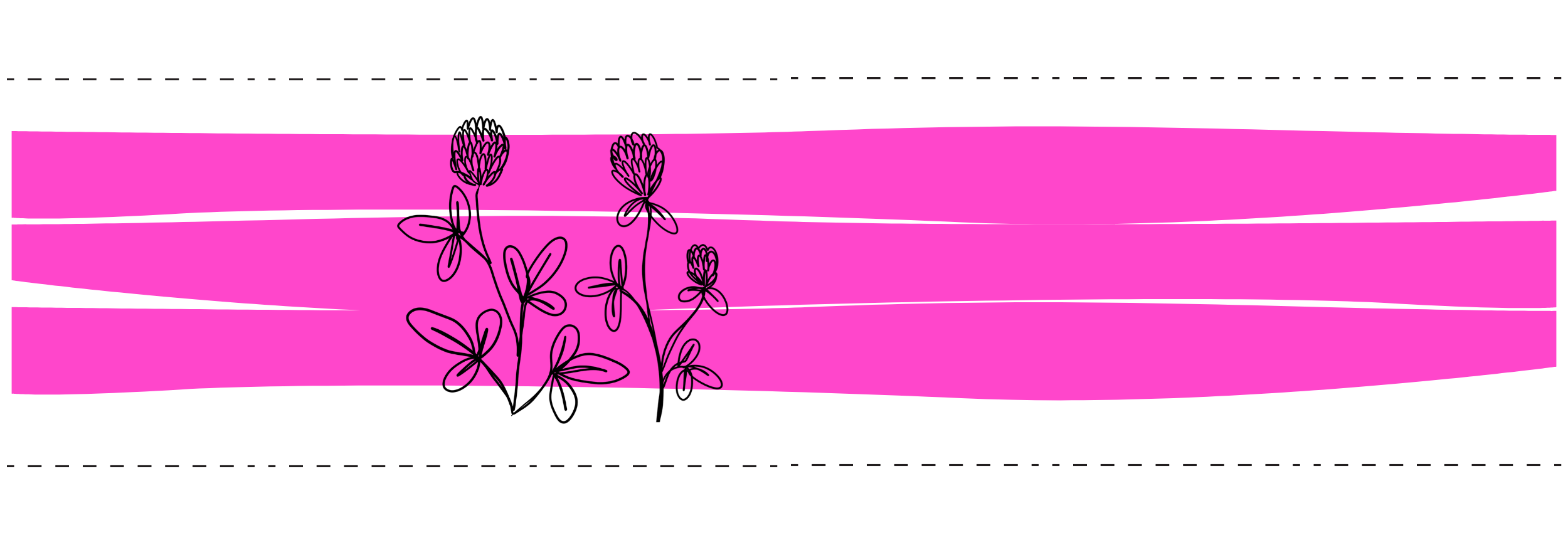Program Evaluation
Designing a Youth Program
An important aspect of youth programs is including an evaluatory element. Evaluation refers to how the program is assessed and reviewed. Centering youth-led evaluation takes seriously their desires for the program, experiences within the program, insights into the program’s shortcomings, and suggestions on strengthening it.
Download a PDF of the guided prompts for this section or view below
Program Evaluation
An important aspect of youth programs is including an evaluatory element. Evaluation refers to how the program is assessed and reviewed but evaluation isn’t solely something that happens after a program is complete. Ongoing or along-the-way evaluation allows you to measure what you planned to do and what you are actually doing, and to gauge how it is going for the young people involved in your program.
How will you know when your program is going well?
How will you build ongoing evaluation into your youth program? (see examples below)
Examples of Along-the-Way Evaluation Activities
Making a plan for early and ongoing evaluation allows youth to design goals for the program, and finds ways that they will measure those goals along the way. Centering youth-led evaluation takes seriously their desires for the program, experiences within the program, insights into the program’s shortcomings, and suggestions on strengthening it. In other words, the best assessment of youth programs comes from the youth involved!
Below are some evaluation activities to regularly build into your program to have a sense of how participants are doing and how the program is going. These activities facilitate ongoing evaluation.
1. Traffic Light or Thumbs Up: At the end of a session or following an activity, ask the group if they feel clear on what has been discussed or instructed. Go around and have each person say if they are feeling “green”, “yellow”, or “red”:
Green: Clear and good to go.
Yellow: Slightly clear, perhaps have some hesitations or unaddressed questions.
Red: Unclear, have questions, or need support.
Alternatively, you can do the same check-in by raising thumbs. Participants can offer a “thumbs up” if they feel “green”, “thumbs sideways” for “yellow”, “thumbs down” for “red”.
2. Tally Up: Create a simple table on chart paper, a whiteboard, or digitally.
As participants leave, invite them to “tally” or place a sticker in response to the table. The headings can be different based on the kind of information you are looking for, or it can ask questions such as "how much did you learn during this workshop?"
3. Self-evaluation: Have participants rank their own participation on a scale of 1-10, where 10 is very true and 1 is very untrue. Using either their fingers or by moving their bodies across the room, ask some self-reflection questions. For example:
I have been participating fully by being present and listening.
I have learned something different or new.
I was mindful of the space I took up.
I did my best today.
Have participants reflect on how they’ve been doing so far in the program or in that particular workshop. Using their hands, they can indicate their rating with their fingers. If it’s accessible, participants can move from one side of the room (indicated as 1) to the other side (indicated as 10) saying what number they rank themselves. In either case, ask participants to explain their ranking and why they ranked themselves as such.
4. Writing Exit Cards: An “exit card” is a written response to a closing prompt or set of prompts. At the end of a session, invite participants to do a reflective free write on how the day went or how the program, more generally, is going. Some prompts may include:
How was your thinking stretched or challenged today?
What is a conversation or comment from today that intrigued you?
Who is someone in the space you want to thank, and why?
What questions did today leave you with? What are you still curious about? What are you confused by?
How did you show up today?
Building in time at the end of a session for participants to reflect on what they’ve learned, how they’re feeling, or to ask questions gives facilitators a better sense of how the program/session is going. Exit cards, rather than group discussions, create space for participants who may be less comfortable speaking publicly to provide their insights

Suggested citation:
Tkaronto CIRCLE Lab. (2023). Program Evaluation [Land Education Dreambook]. https://www.landeducationdreambook.com/program-evaluation
